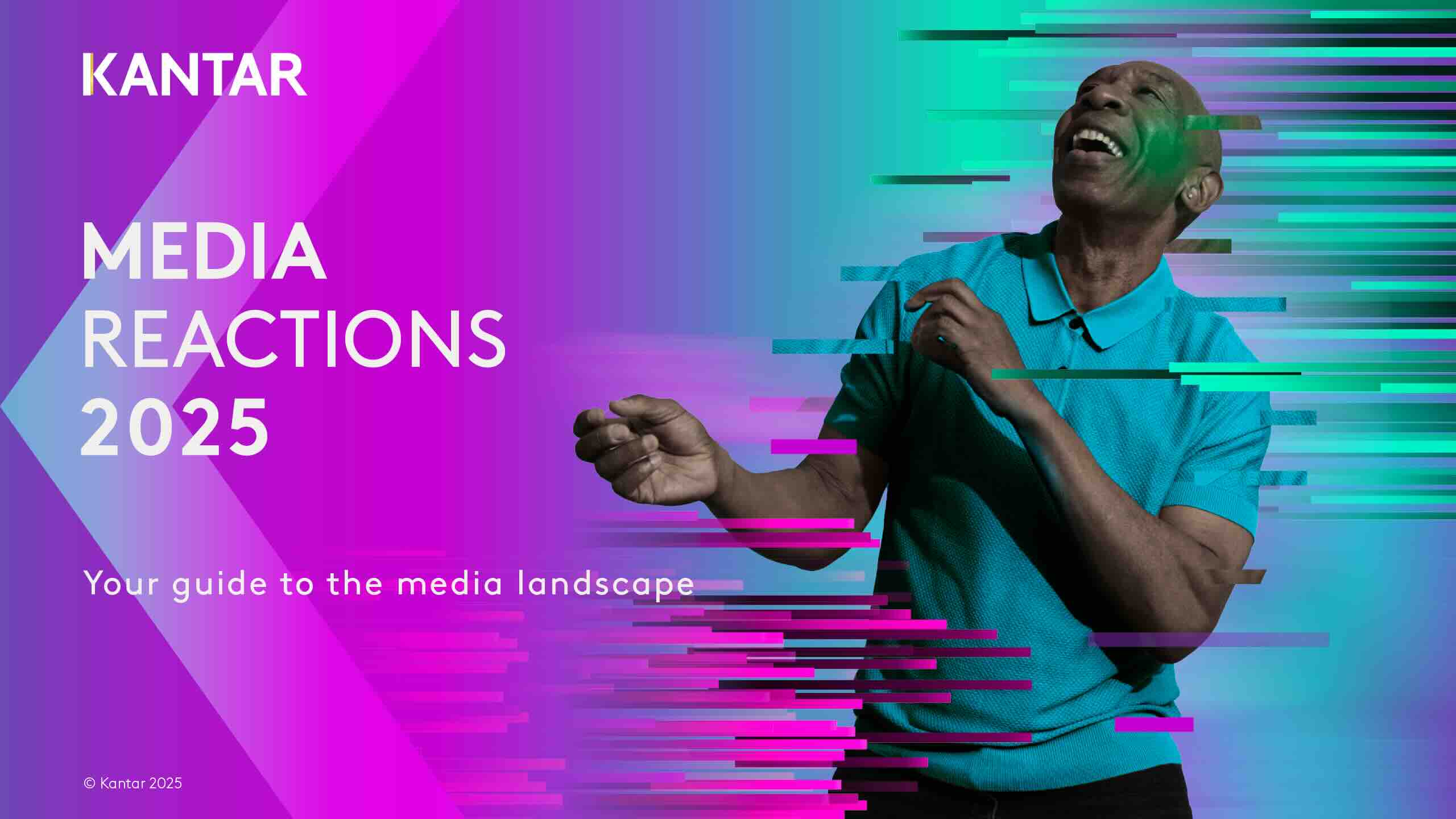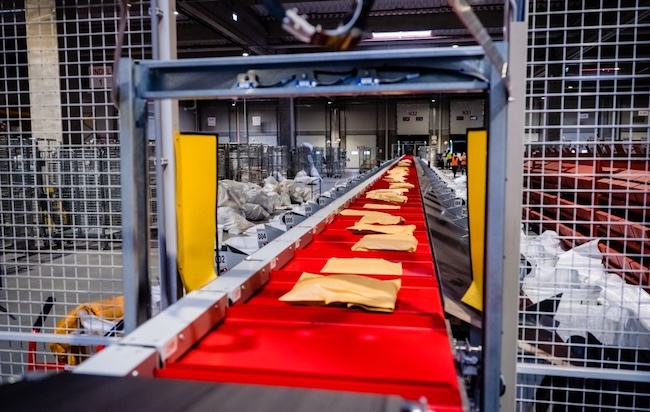Amazon dominates global ad rankings while eMAG tops Romania
Advertising is entering a new era where consumer receptivity is rising, yet the platforms audiences trust most are not always the same ones marketers choose to invest in. The latest edition of Kantar’s Media Reactions 2025 study highlights this paradox, showing Amazon’s dominance globally and eMAG’s leadership in Romania.

Global Results: Amazon Leads, Snapchat and TikTok Gain Ground
Kantar surveyed over 21,000 consumers and 1,000 senior marketers worldwide. For the first time, more than half of consumers (57%) say they are open to advertising, up from 47% in 2024. Within this more receptive landscape, Amazon stands out.
The company’s platforms occupy three of the top five global consumer favorites: Amazon (1st), Twitch (4th), and Prime Video (5th). Consumers highlight trust and relevance, particularly on Twitch, where ads are viewed as credible and well-integrated.
The other platforms in the global top five are Snapchat (2nd) and TikTok (3rd). Snapchat ads are now seen as more fun and less intrusive than last year, while TikTok remains highly effective at grabbing attention.
Marketers, however, see things differently. Their top five—unchanged from 2024—are YouTube, Instagram, Google, Netflix, and Spotify. This preference reflects scale and ROI over consumer sentiment, a misalignment that Kantar notes could undermine effectiveness.
One notable absence is X (formerly Twitter). For the third year in a row, marketers ranked X last in terms of trust, with 29% planning to cut ad spend there in 2026 and one in eight intending to stop entirely. Content moderation failures and reputational decline continue to hurt the platform, despite Elon Musk’s efforts to lure advertisers back.
Romanian Market: eMAG Steps Into Amazon’s Role
In Romania, Amazon was not included in the survey due to its lack of local presence. Instead, eMAG emerged as the top advertising platform among consumers. The retailer’s ads are seen as attention-grabbing and well-integrated, echoing Amazon’s global reputation.
The rest of the Romanian consumer ranking includes Pinterest, Kiss FM, Europa FM, and Google. Interestingly, Twitch also scores highly for trust in Romania, mirroring global patterns.
Rising Budgets for Influencers and Streaming
Looking ahead, marketers plan significant budget shifts. Globally, 61% intend to increase spending on influencer content, while 53% will boost social commerce investments. Streaming TV also continues to rise, with 54% of marketers increasing connected TV budgets, even as spending on traditional linear TV declines.
Yet challenges remain. Consumers in Romania, for instance, do not rank influencer ads among their favorites, suggesting that brands must work harder to integrate products naturally into creator content to build credibility.
AI and Advertising: Opportunity and Anxiety
The study also explores generative AI in advertising. While marketers increasingly use AI for efficiency (70%) and creative testing (53%), consumer concerns are growing. This year, 44% reported being annoyed by AI-generated ads, and 57% fear deepfakes or misleading content.
Still, attitudes toward AI are slowly becoming more favorable. As Kantar’s Gonca Bubani explains, AI’s real value lies in being used as a creative partner:
“AI can help marketers explore ideas, test resonance, and make faster, smarter decisions. Its potential will only be realized by those who embrace it with curiosity, not caution.”
Kantar’s findings reveal both opportunities and risks for the advertising industry. Globally, Amazon has built a trusted and engaging ad ecosystem, while in Romania, eMAG has earned similar consumer appreciation. Yet the persistent gap between what consumers prefer and where marketers spend remains a challenge.
With receptivity at record highs, brands now face a crucial test: balancing scale with authenticity, and innovation with trust. Whether through global giants or local champions, success will belong to those who create advertising experiences that feel both relevant and credible in an increasingly fragmented media world.





.jpg)
